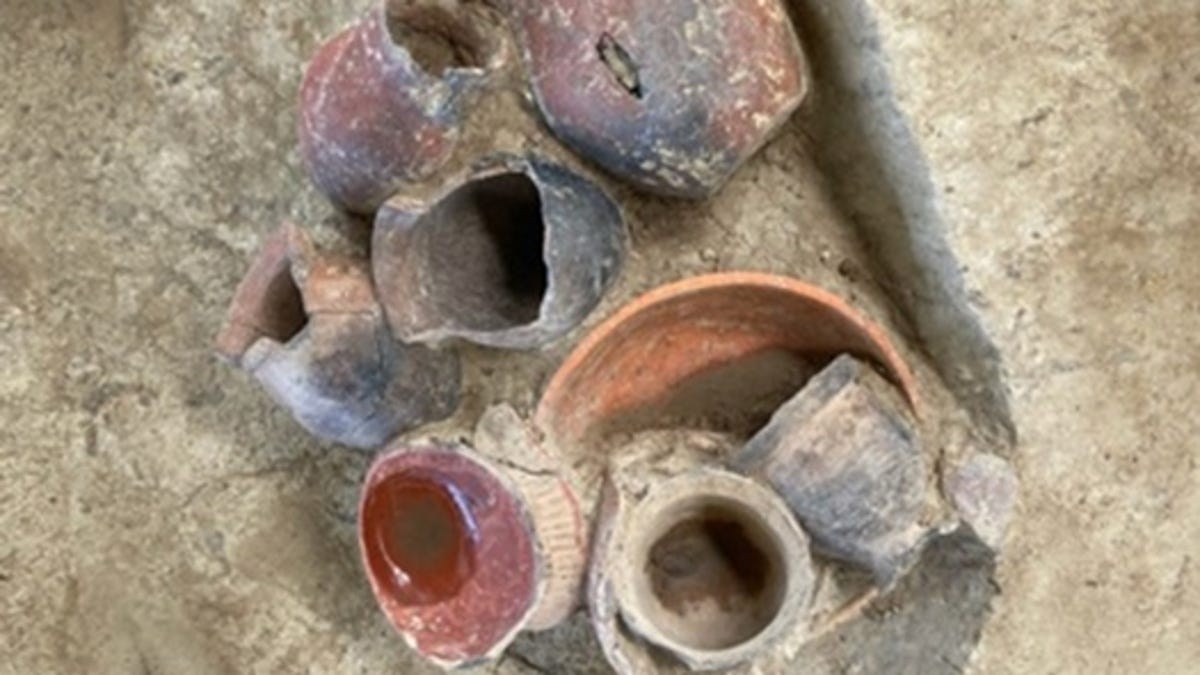This 9,000-year-old beer would disappoint fans of modern IPAs
A find from a Neolithic Chinese burial site shows evidence of some of the earliest craft brewing known.

Some of the ancient pots recovered from a burial scene dating back 9,000 years.
We now know humans have been honoring the dead for at least 9,000 years by throwing back a brew or two at a funeral.
Researchers analyzed ancient pots uncovered at a burial site in southern China and found what seems to be the residue of some very, very old beer.
"This ancient beer though would not have been like the IPA that we have today," Dartmouth anthropology professor Jiajing Wang said in a statement. "Instead, it was likely a slightly fermented and sweet beverage, which was probably cloudy in color."
Wang is co-author of a paper published last month in the journal Plos One that outlines the discovery.
For home brew fanatics who might want to try and re-create some Neolithic malt, this particular beverage looks to have been made of fermented rice, "a grain called Job's tears (Coix lacryma-jobi), and unidentified tubers," Wang says.
"If people had some leftover rice and the grains became moldy, they may have noticed that the grains became sweeter and alcoholic with age. While people may not have known the biochemistry associated with grains that became moldy, they probably observed the fermentation process and leveraged it through trial and error."
The researchers write that rice would have been in its early stages of domestication 9,000 years ago and communities were probably still subsisting largely from hunting and foraging. They conclude that because rice harvesting and processing would have been a labor-intensive process at the time, the beer probably played a ritually significant role in occasions like funerals.
They go on to speculate that a history of ritualized drinking may have helped forge the social bonds that would eventually become the foundation of the complex rice farming societies that came about 4,000 years later.
So it turns out you can trace the start of just about anything -- from relationships and startups to entire societies -- to sharing a brew.

